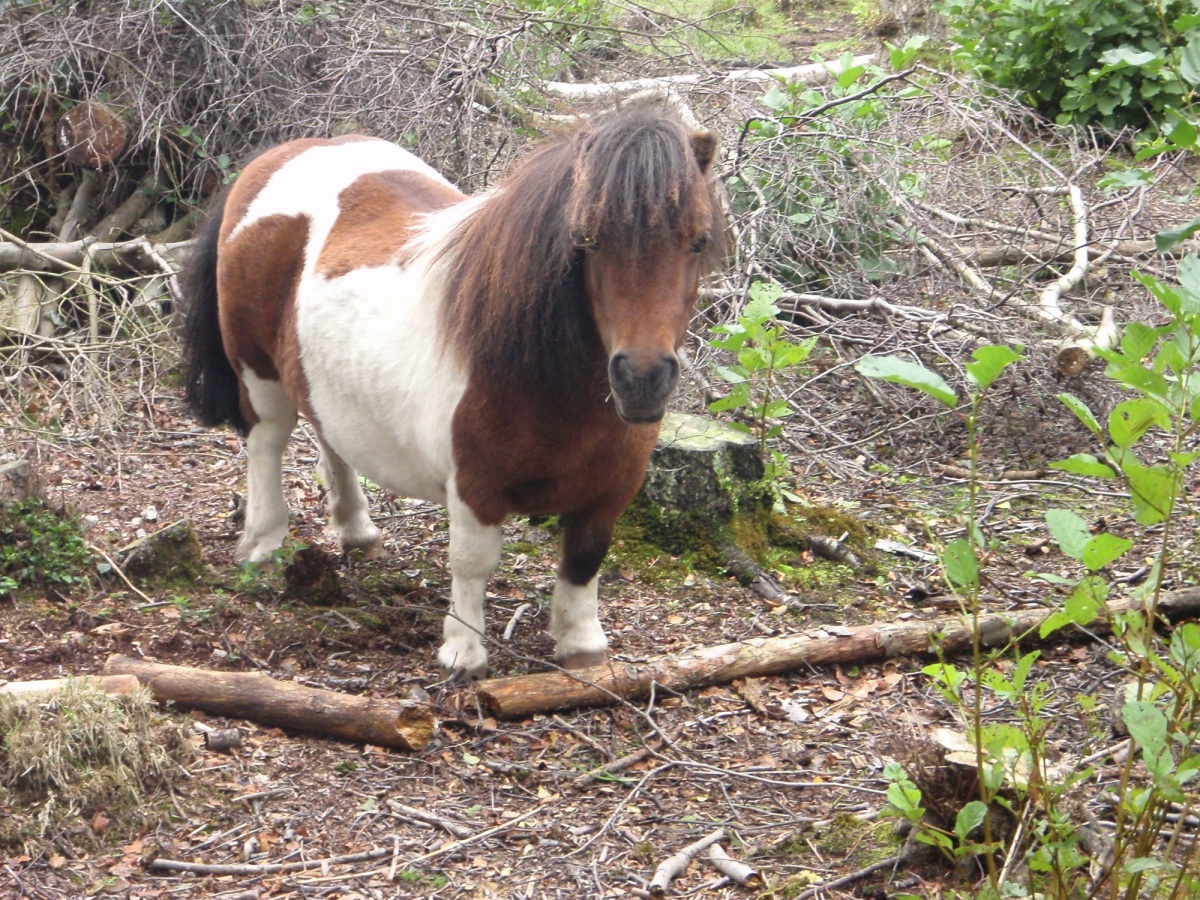Joanna Lawrence, who is the Ranger for Fleet Pond, writes:
Hart Countryside Service has recently been carrying out heathland restoration at Fleet Pond as well as restoring a valuable area of marsh and reedbed. Local Contractors JDB were at the Pond for a week in September carrying out the important work.
Large areas of heathland, marsh and reedbed have been lost at Fleet Pond due to the encroachment of trees and scrub. In the marsh, the restoration process involved getting rid of the dense scrub and then scraping the top layer of soil off to expose the dormant seed bank underneath.
Previous scrapes in the marshes have been very successful with some plant species that have not been seen at Fleet Pond for 30-40 years reappearing. By next spring/summer, this newest area will have more of these important species growing on it, some of which are rare in Britain or are internationally threatened.
Picture: Lesser Water Plantain, one of the rare plants in the pond marshes.
The scraped area on the dry heath will also have new shoots of heather and other heathland plants pushing through the soil by next summer, further extending this valuable and rare habitat.







